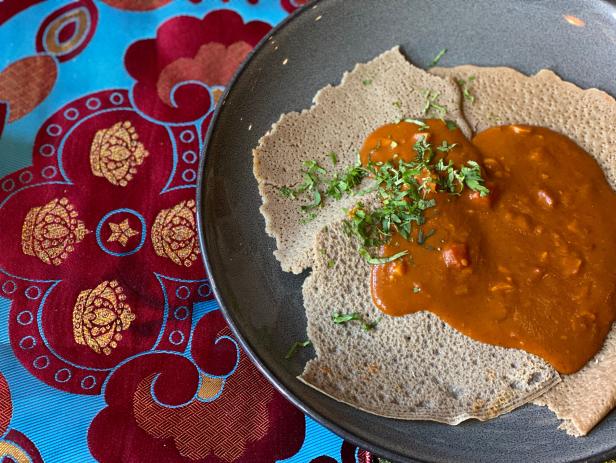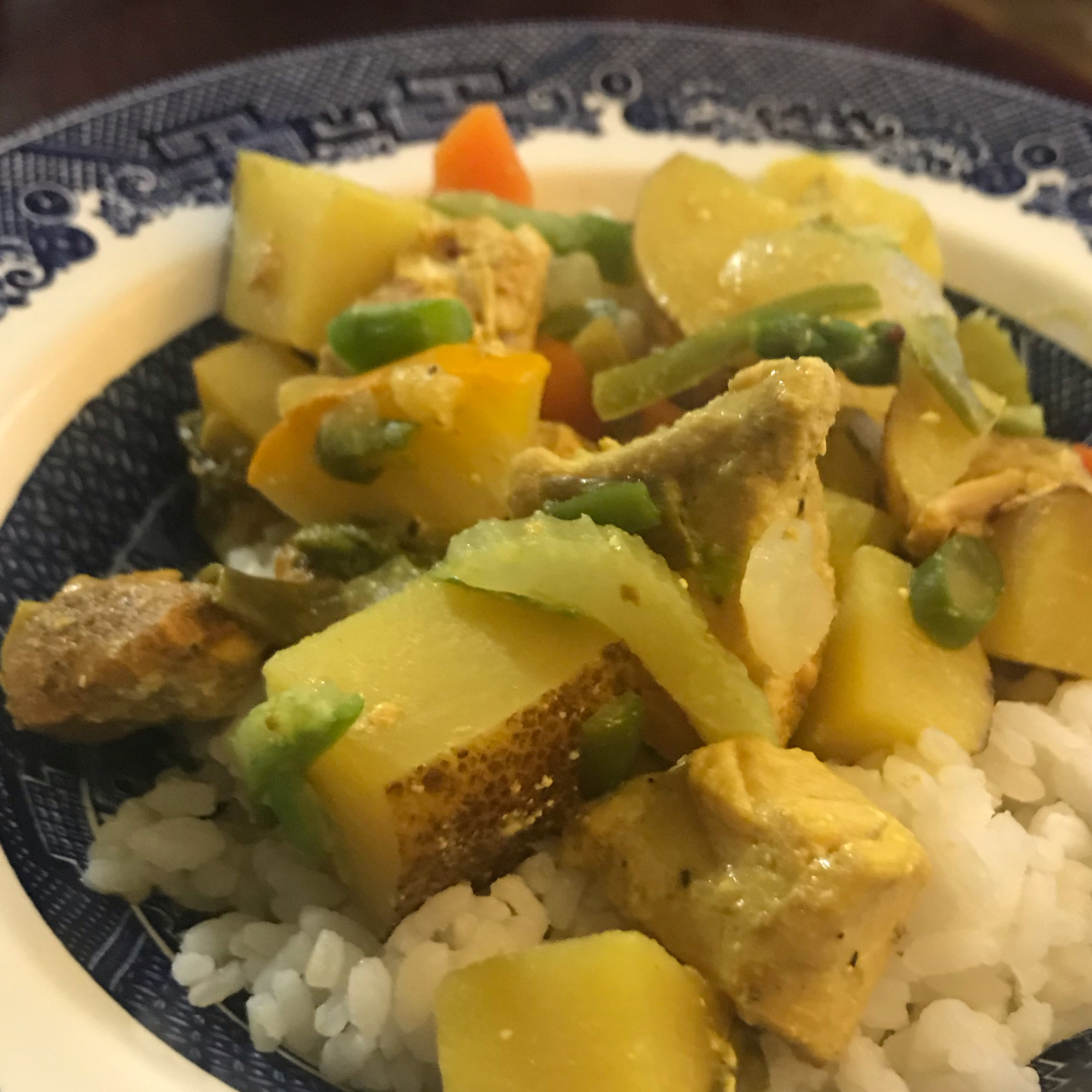**A Culinary Journey Through Africa with Marcus Samuelsson: A Symphony of Flavors Awaits**
Marcus Samuelsson, the acclaimed chef and culinary visionary, takes us on a tantalizing adventure through the vibrant flavors of Africa. His passion for African cuisine shines through in a collection of diverse recipes that celebrate the continent's rich culinary heritage. From the aromatic stews of Ethiopia to the savory tagines of Morocco, each dish is a testament to the cultural tapestry of Africa. Embark on this culinary expedition and discover a symphony of flavors that will transport your taste buds to the heart of Africa. Indulge in the fragrant blend of spices, the richness of stews, the freshness of salads, and the sweetness of desserts. With Marcus Samuelsson as your guide, you'll uncover the secrets of African cooking and create dishes that will leave a lasting impression.
KILLER COLLARDS
Provided by Marcus Samuelsson
Categories side-dish
Time 2h
Yield 6 to 8 servings
Number Of Ingredients 18
Steps:
- Melt the Spiced Butter in a large stockpot over medium-high heat. Add the onion and chiles and saute until the onion has softened, about 5 minutes. Add the collards and stir in the vinegar, brown sugar, and salt to taste and bring to a simmer. Turn the heat down to low, cover, and simmer until the greens are very tender, about 1 1/2 hours. Serve hot or warm.
- Melt the butter in a saucepan over low heat. Add the garlic, shallots, ginger, coriander, cumin, fenugreek, ajwain, black pepper, cinnamon, and turmeric. Simmer very gently for 30 minutes to infuse the flavors. Keep an eye on this; you don't want the milk solids to brown.
- Skim off all the foam and any floating seeds and let the butter sit for about 10 minutes for the milk solids to settle on the bottom.
- Carefully pour the spiced butter through a sieve lined with a few layers of cheesecloth into a container, leaving the solids behind. Let it cool, then cover and refrigerate. It will keep for months. Yield: 3 cups
SHIRO (ETHIOPIAN CHICKPEA SPREAD)

I seek out vegetarian dishes and this is one I love. You could consider shiro the mashed potatoes of Ethiopia; chickpea flour is something everyone can afford and it's nourishing. But nourishing doesn't come close to describing the flavors you get from the caramelized onion puree, the tomatoes, the berbere. It's rich and earthy and satisfying. Serve it as a side dish or add some shiro to Berbere Roasted Carrots & Fennel with Oranges or just to some cooked broccoli and you have a perfect light and healthy lunch. As for the spiced butter, make it and you have flavor. You can saute with it because it's been clarified and can take high heat. You can stir it into rice and use it to finish other dishes. Think of it as the butter.
Provided by Marcus Samuelsson
Categories condiment
Time 1h
Yield about 3 cups
Number Of Ingredients 16
Steps:
- Heat the olive oil and 2 teaspoons of the Spiced Butter in a skillet over medium-high heat. Add the garlic, ginger and berbere and whisk until combined. Cook, stirring occasionally, until the garlic is fragrant and the mixture has thickened up slightly, about 2 minutes.
- Whisk in the chickpea flour, stirring briskly to avoid lumps; this will thicken quickly. Whisk in the tomatoes, 1 cup of water and the remaining 1 teaspoon Spiced Butter. Reduce the heat to low and simmer, adding more water as needed and stirring occasionally, until the mixture has thickened and the flour has cooked out, at least 10 minutes and up to 45 minutes for a stronger flavor. The shiro should have the consistency of thick buttermilk; it will thicken as it stands and cools. Season with salt and pepper and serve on injera if desired.
- Cut the butter into pieces and put in a saucepan with the cinnamon, garlic, ginger, rosemary, and turmeric. Turn the heat to low, let the butter melt, then simmer very gently (you don't want the milk solids to brown) for 30 minutes to infuse the flavors into the butter.
- Let the butter sit for 10 minutes until the milk solids settle at the bottom. Skim off any froth and pull out the cinnamon, garlic, ginger, and rosemary. Pour the butter into a large measuring cup--be careful to leave all the milk solids behind. Discard the solids. Then pour the butter into ice cube trays and freeze it. Once they're solid, you can put the butter cubes into plastic bags and keep them in the freezer for months.
Tips:
- Use fresh, high-quality ingredients: This is essential for any cooking, but especially for African cuisine, where the flavors of the ingredients really shine through.
- Don't be afraid to experiment with different spices and flavors: African cuisine is known for its bold flavors, so don't be afraid to try new things. Just be sure to start with small amounts and adjust to your taste.
- Cook your food slowly: Many African dishes are slow-cooked, which allows the flavors to develop and deepen. So be patient and don't rush the process.
- Serve your food with a variety of sides: African cuisine is often served with a variety of sides, such as rice, beans, vegetables, and salads. This helps to create a balanced and flavorful meal.
Conclusion:
Marcus Samuelsson's African recipes are a delicious and authentic way to explore the diverse flavors of the African continent. With a focus on fresh ingredients and bold flavors, these recipes are sure to please everyone at your table. So next time you're looking for something new and exciting to cook, give one of these recipes a try.
Are you curently on diet or you just want to control your food's nutritions, ingredients? We will help you find recipes by cooking method, nutrition, ingredients...
Check it out »
You'll also love










